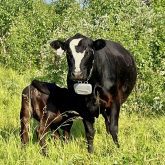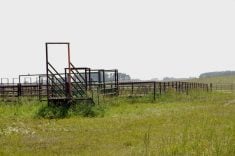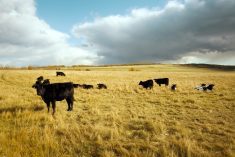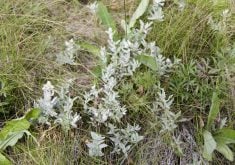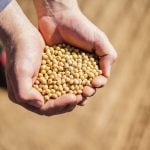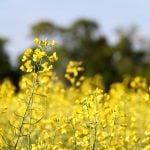It’s spring again. Time for a gentle reminder that the western range, including the Alberta foothills, is home to one of the world’s deadliest poisonous plant families — the hemlock.
Poisonous plants are a major cause of economic loss to the livestock industry. It’s estimated poisonous plants adversely affect three to five per cent of cattle, sheep and horses grazing the western range.
Rachel Turnquist, a forage extension specialist at Saskatchewan Agriculture, previously spoke to Canadian Cattlemen about toxic plants. She says there are many toxic plants in Western Canada, especially on native pasture. “The main reason we don’t see more poisonings is that generally cattle won’t eat them. Making sure you have healthy, vigorous pastures will decrease the risk of poisoning. Most poisonous plants are avoided by cattle unless there isn’t much else for them to eat.”
Read Also
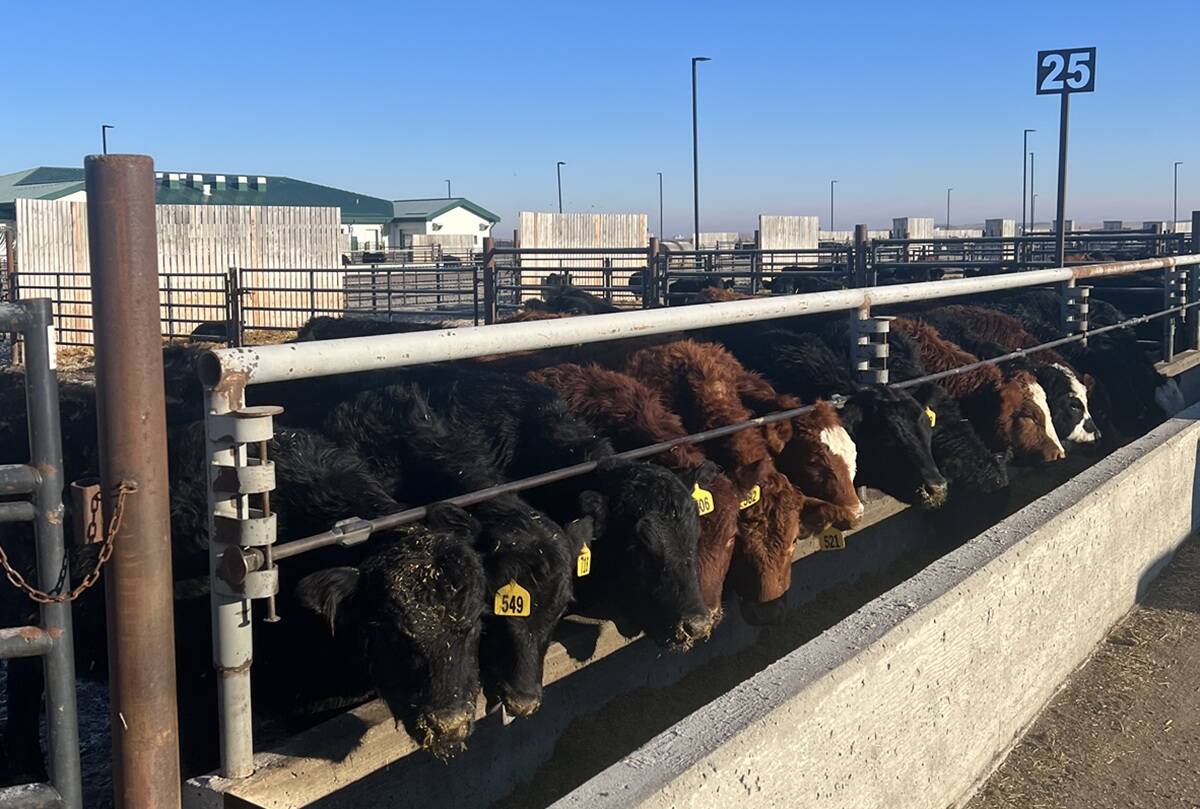
Managing newly received calves in the feedlot
What should cattle feeders focus on after calves arrive at the feedlot?
Early spring grazing because of low feed supplies at home increases the risk of exposure to plants such as poison hemlock, which tend to emerge early.
Water hemlock, also known as cicada, is a genus of four species that endure as the deadliest plants in North America. It is also known as cowbane or musquash root. The plant contains cicutoxin, a component of four poisonous species in the parsley family.
These plants are toxic to humans, too. First signs of cicutoxin poisoning in humans start 15 to 60 minutes after ingestion and include vomiting, convulsions, widened pupils, salivation, excess sweating. The patient may go into a coma. Although related, poison hemlock and water hemlock toxicity have different clinical presentations. Water hemlock toxicity signs include profuse salivation, perspiration, bronchial secretion and respiratory distress leading to cyanosis developing soon after ingestion. Severe toxicity tends to cause seizures, with death following extended epileptic seizures. Poison hemlock toxicity is characterized by rapidly progressive muscle weakness and paralysis, which ends in respiratory failure.
Hemlock contains several neurotoxic alkaloids that affect the nervous system. The poisonous alkaloids appear in the mature plant, in seed and in green vegetative growth. The poisonous components have two major effects. First, rapid, often fatal effects on the nervous system. Second, they are teratogenic agents, meaning they are known to cause birth defects when consumed during certain times of gestation. Cattle seldom choose to eat poison hemlock unless no other forage is available, or when hemlock is incorporated in hay, silage. Another source may be seeds left in grain. Cattle have died after eating 0.2 to 0.5 per cent body weight of green hemlock.
Signs of poisoning in cattle usually appear within an hour after an animal eats the plant. Animals die from respiratory paralysis after two to three hours of prolonged convulsions.
Other signs include:
- loss of appetite
- excessive salivation
- bloat
- rapid but feeble pulse
- evidence of muscular incoordination
- appearance of severe abdominal pain
- muscle tremors
- frequent urination, defecation and general “nervousness”
- in animals that die, breathing ceases due to respiratory paralysis generally before cardiac arrest
Birth defects due to ingesting sub-lethal amounts of poison hemlock occur in all livestock. Newborn defects include crooked legs (crooked calf disease, abnormal joints), cleft palate and kinked tails. Arthrogrypotic skeletal malformations, (joint abnormalities) occur in calves when poison hemlock is ingested by pregnant cows between days 40 and 70 of gestation. For sheep, goats and pigs, similar problems occur when animals are exposed to hemlock during 30 to 60 days of gestation. In addition, hemlock poisoning is indistinguishable from lupine-induced “crooked calf disease” without a necropsy.
Water hemlock typically grows in wet marshy places and is often confused with non-poisonous members of the family such as wild carrots or parsnips. Poisonous hemlock exhibits white, umbrella-shaped clusters of flowers and grows to six to eight feet or more in height. In foothill pastures, it is often found bordering spring areas where ongoing seepage provides an ideal environment. The blanket of white, umbrella-shaped flowers stand above other vegetation and can be seen from a distance. I have often seen water hemlock while riding mountain pastures. Be careful. Poisonous species generally have hollow stems, smooth stalks with purplish splotches and nest-shaped (concave) flower masses. Non-poisonous plants with similar-looking flower masses (e.g. wild carrot) have solid stems, hair-like covering on stems and smell “carroty.” Poisonous hemlocks have a chemical smell, not unlike urethane. Some people compare it to mouse urine.
The roots are especially toxic, though ingestion of any part of the plant can be fatal for humans and cattle. If the tuber is cut or broken, it exudes a highly poisonous brown or straw-coloured liquid. This liquid is deadly. Animals have been poisoned after water hemlock roots were trampled in water, releasing toxic liquid. Hemlock’s dried stems have been known to remain toxic for up to three years.
Plowing or repeated cultivation will prevent poison hemlock from re-establishing itself. Digging poison hemlock is effective when done early and the plant population is small. Take care when digging or mowing poison hemlock. Wear rubber gloves and a mask when handling this plant. Plant toxins can be absorbed through the skin. Do not burn hemlock. Smoke can contain deadly toxins. Hemlock toxins can pass into milk when animals feed on sublethal amounts, which presents flavour and human safety concerns.
Treating poison hemlock with herbicides is most effective in late spring or early summer. To achieve complete eradication, repeated applications may be required until the seed bank has been depleted.
Dr. Ron Clarke prepares this column on behalf of the Western Canadian Association of Bovine Practitioners. Suggestions for future articles can be sent to Canadian Cattlemen ([email protected]) or WCABP ([email protected]).




